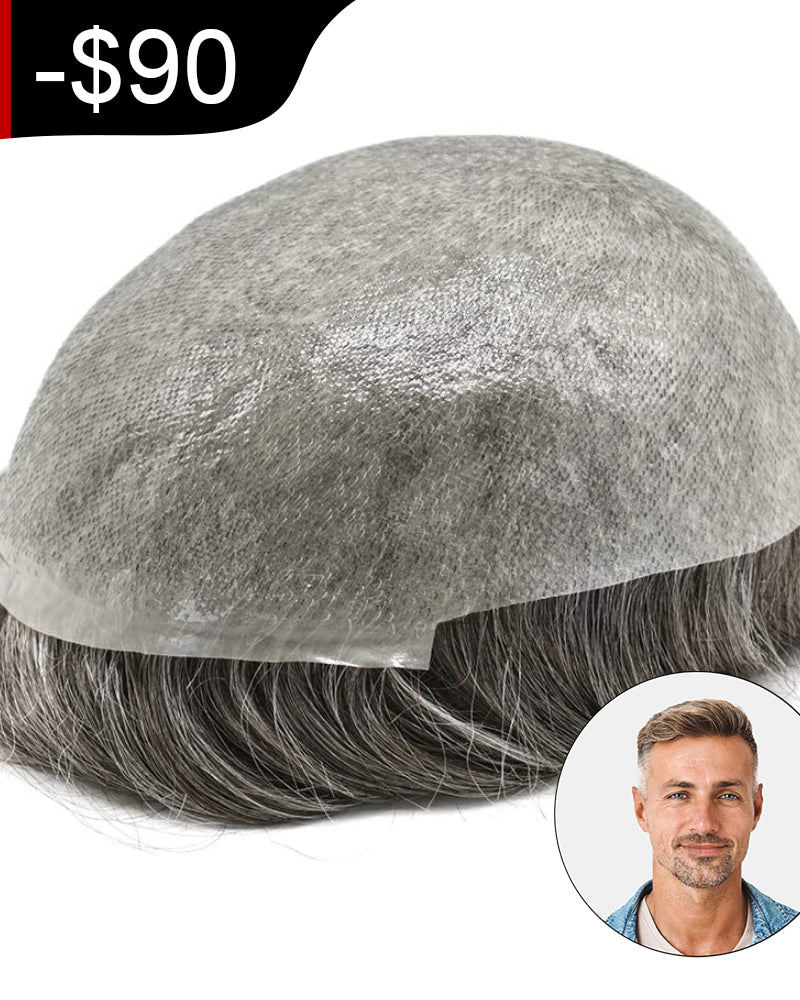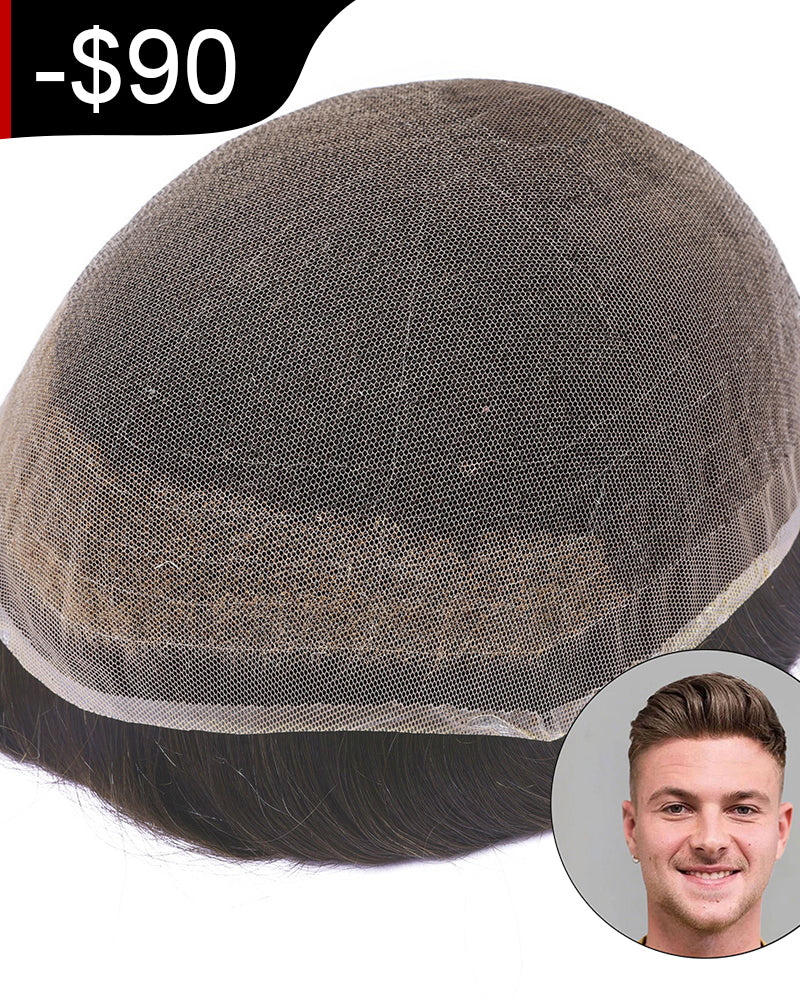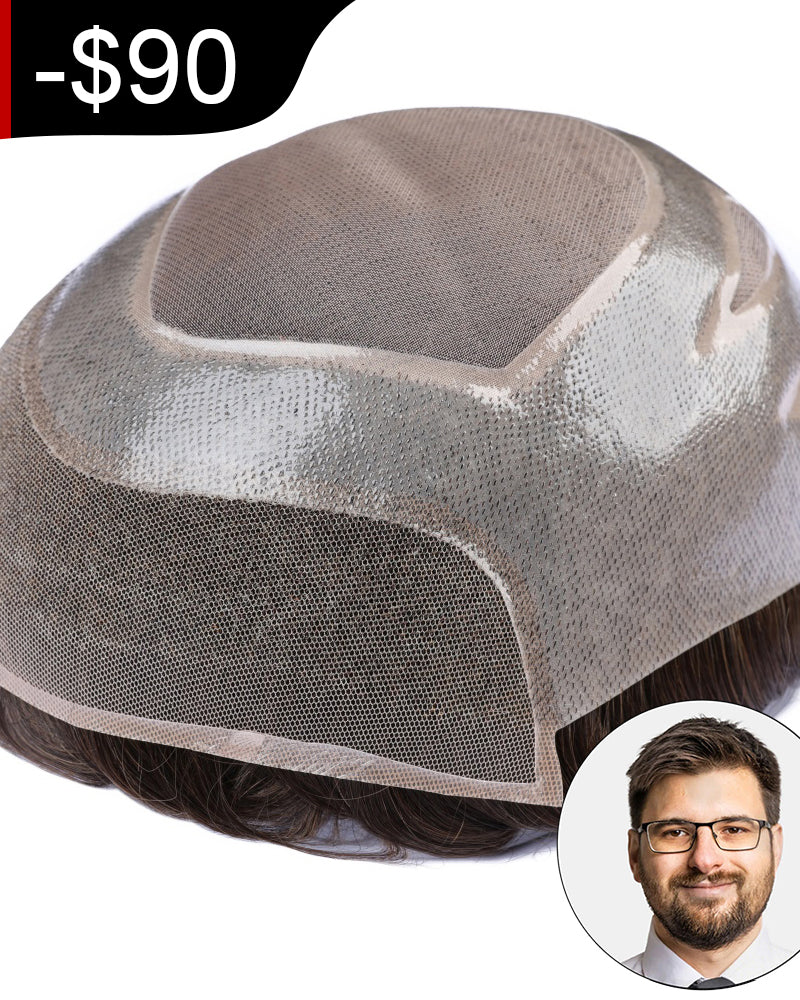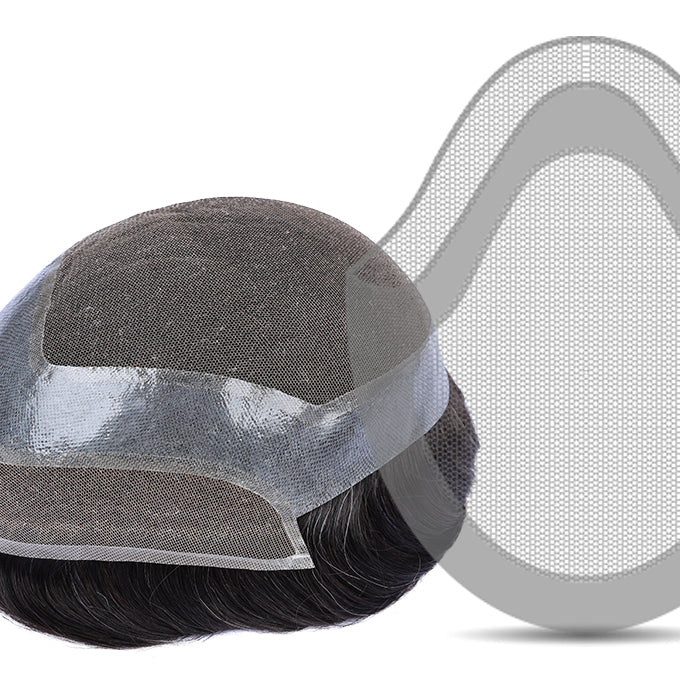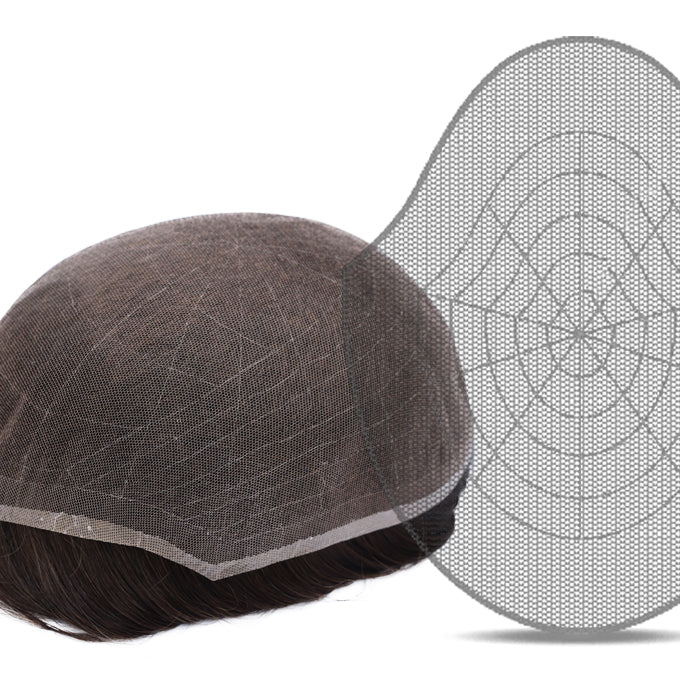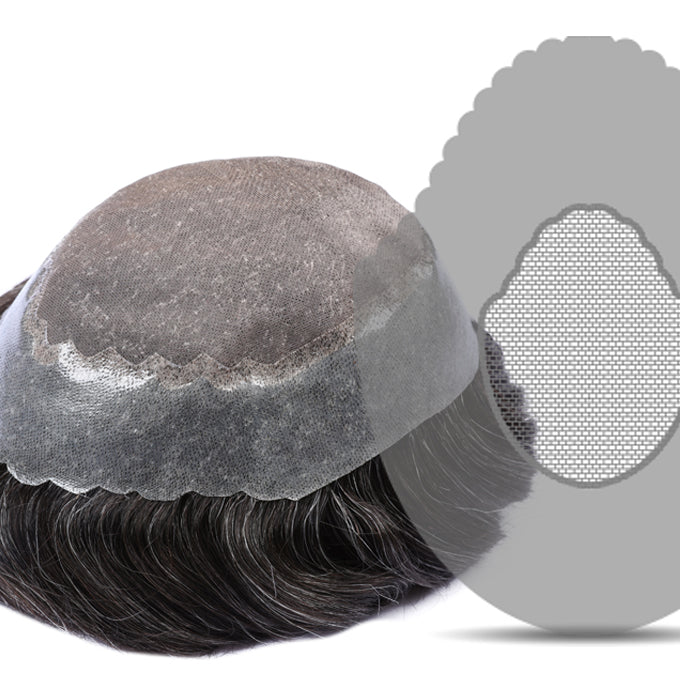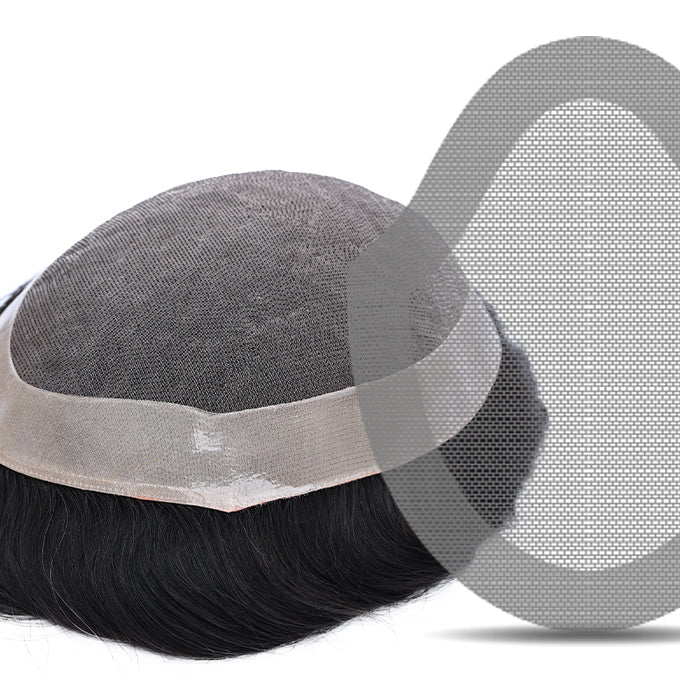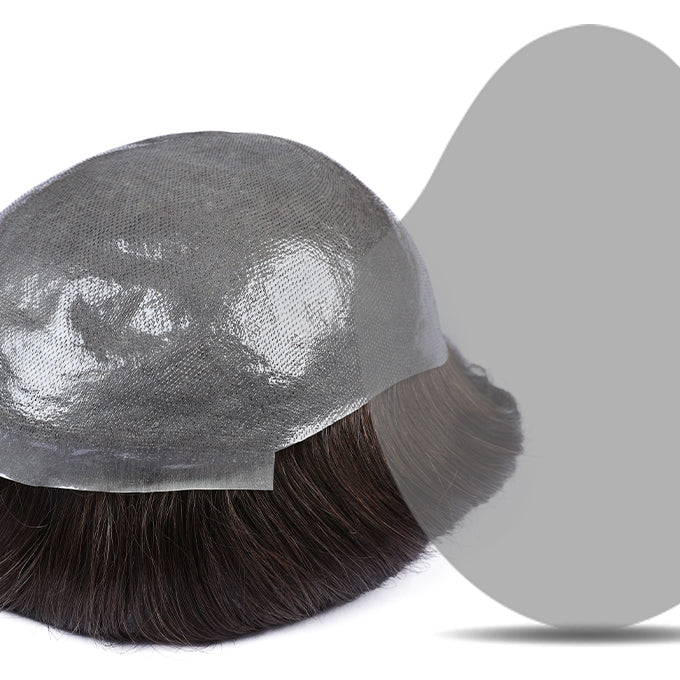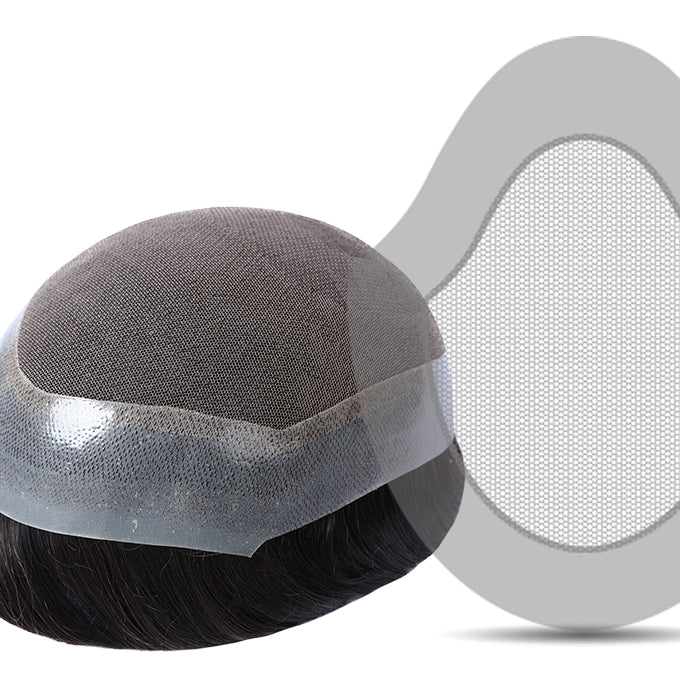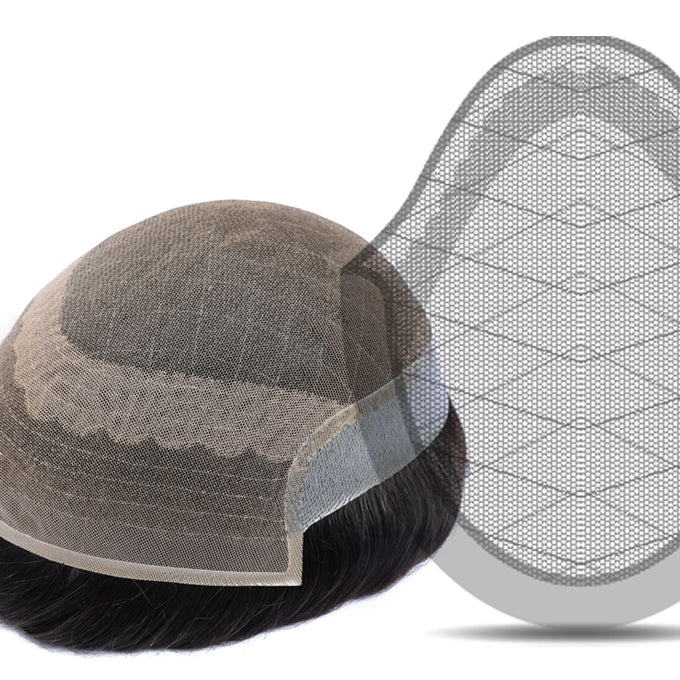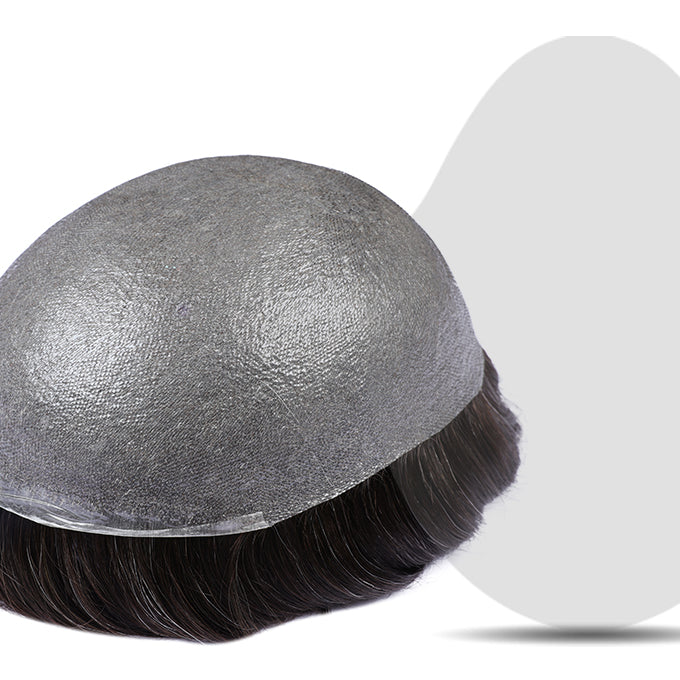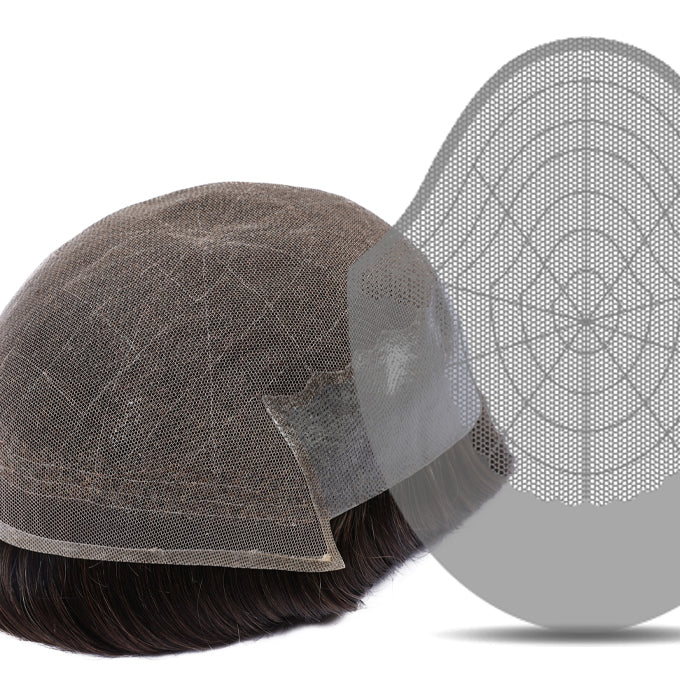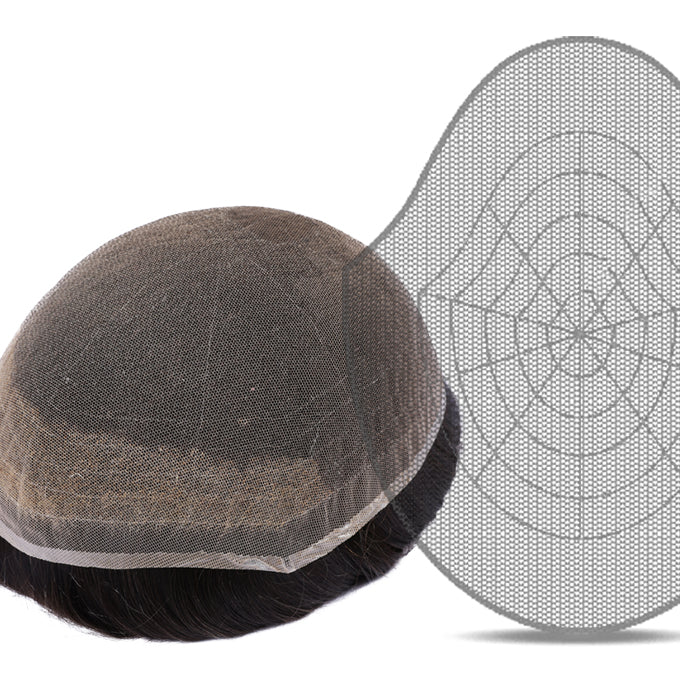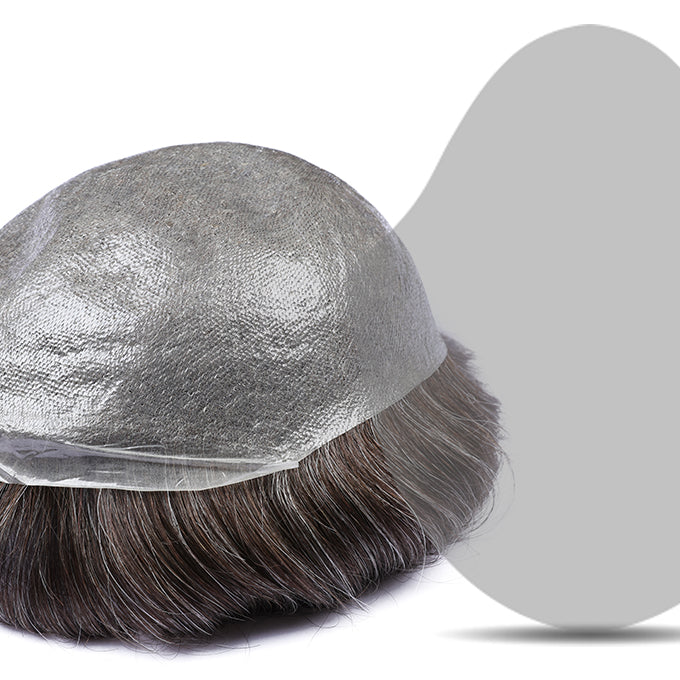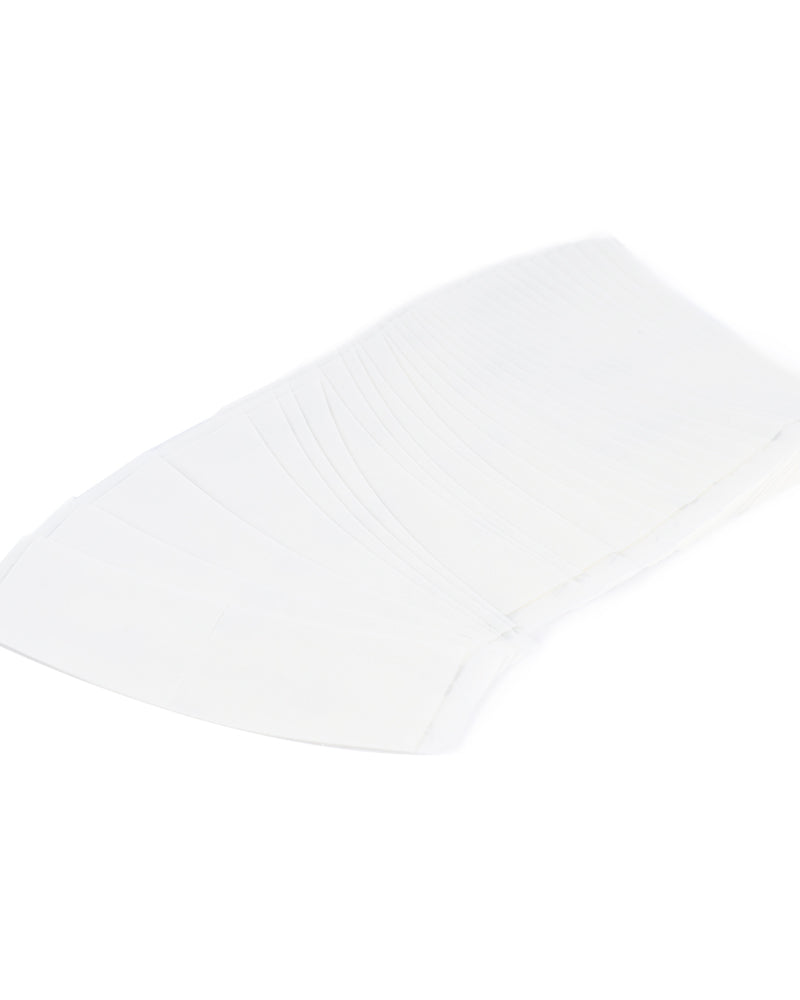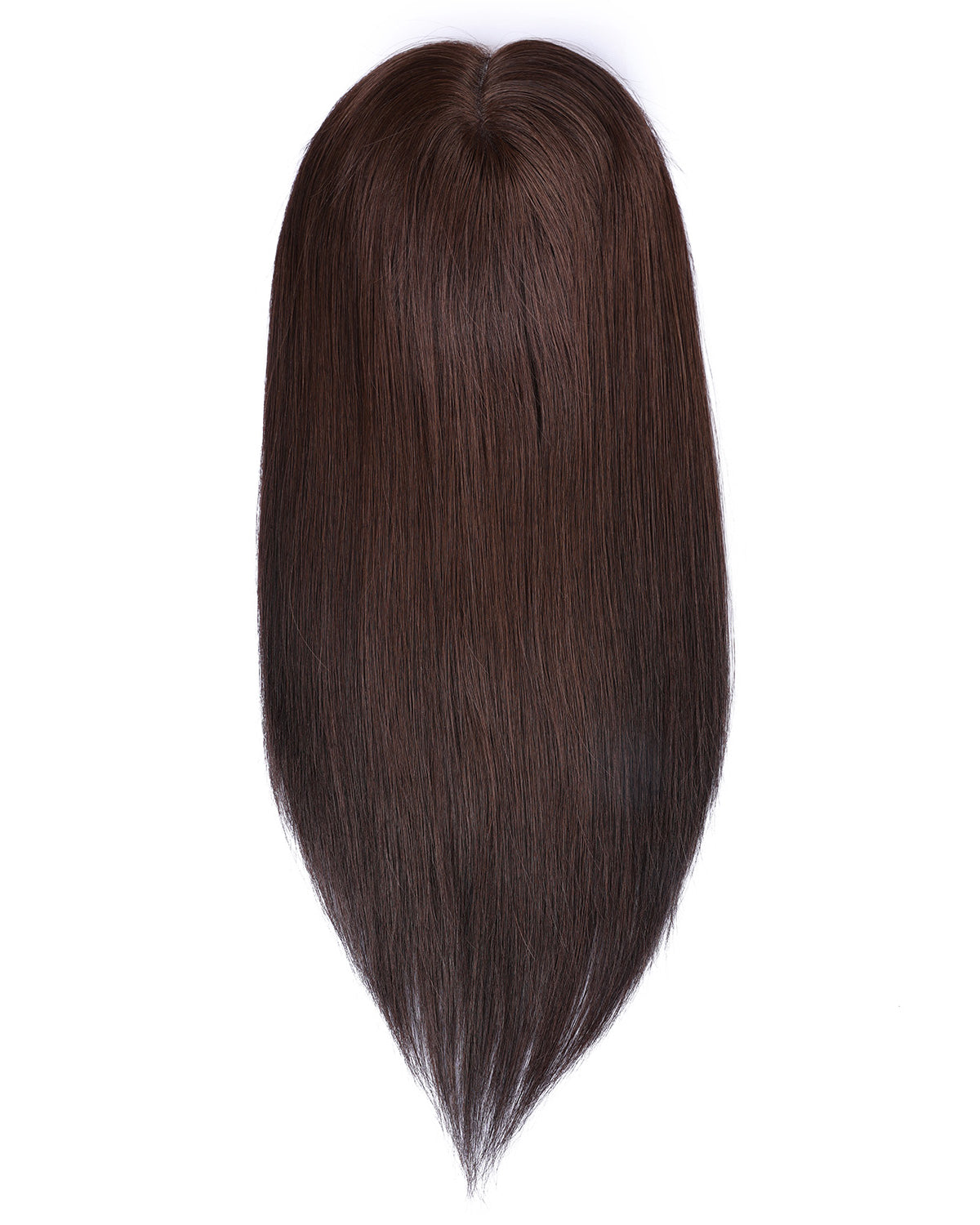Male pattern baldness doesn’t always appear in later years, some people may experience hair loss in their teens or early twenties due to genetic factors or other reasons listed below.
Baldness is not a disease, but a natural phenomenon that can be caused by two reasons:
1. Genetics
2. Androgenic alopecia
If one of your parents has male pattern baldness, then your chances of developing male pattern baldness are very high because it is hereditary. Meanwhile, androgenic alopecia is a type of hair loss for people who are assigned male at birth, i.e. AMAB.
Androgenic alopecia happens like this, your hair starts falling out of your scalp, and once it falls out, it doesn’t grow back.
Knowing the treatments for male pattern baldness, you can easily overcome it too. So, let’s first take a deeper look at male pattern baldness. Before that, sharing a message with a smiley face: If you are a little disappointed about baldness, think of “muffins” because muffins are also a bald cupcake, see, we can feel the smile on your face!
Stages of Male Baldness
There are seven stages of male baldness, which are usually described using the Hamilton-Norwood Scale:
Stage 1: This is the very beginning, with no signs of hair loss or receding hairline.
Stage 2: Slightly receding hairline is visible at the temples, forming a distinct "V" shape, and this stage is known as the early stages of male baldness.
Stage 3: In this stage, the hairline continues to recede, forming a distinct "M" shape, and the baldness at the temples is more obvious than in the previous stages.
Stage 4: Significant hair loss begins to appear at the temples and top of the head, and the bald areas begin to merge.
Stage 5: The receding hairline will connect to the bald area on the top of the head.
Stage 6: The hair between the top of the head and the temples has fallen out or has completely thinned.
Stage 7: This stage is the most severe stage of hair loss, and you can easily see obvious hair loss on the top of the head. Only a very narrow hairline is left on the sides of the head.
At what age does male baldness appear?
Since the age of onset of male baldness varies from person to person, we can’t accurately predict the exact age at which male baldness will occur.
Most likely, it is influenced by genetic factors and hormonal changes. But the most common types of hair loss are:
1. Hair loss in your 20s - Around 20% of men will start to feel hair loss at this age.
At this age, people are in their prime and eager to achieve success, and baldness can undoubtedly come as a shock. But don’t worry, because there are many ways to regain your youthful vitality, so dream big!
2. Hair loss in your 30s and beyond
By the time you are about to enter the 30-year-old club, there is a high probability that you have already developed some baldness.
About 60% of men have at least noticeable signs of hair loss. If you look around, you will find that hair loss is more common as you age, but this does not necessarily mean that it is more acceptable. It is never too late to address hair loss as long as there is a solution. Finally, by the age of 60, about two-thirds of men are either bald or have a noticeable balding pattern.
3. Hair loss in your 40s and beyond
As you get into your 40s and beyond, male pattern baldness gets worse.
When you reach this stage, you’ll notice more hair loss, a noticeable receding hairline, and baldness on the top of your head.
Symptoms and causes
Here are some typical symptoms and causes of male pattern hair loss:
Symptoms
Receding hairline: The first sign of male pattern hair loss is a receding hairline, usually starting at the temples.
Thinning hair on the top of the head: Baldness may start at the top or the top of the head.
Hair loss pattern: Male pattern hair loss usually follows a very specific pattern called the Norwood-Hamilton scale, which clearly describes the progression of hair loss.
Causes
1. Age: As you age, your likelihood of hair loss increases. People who were assigned male at birth will show the first signs of hair loss before the age of 21.
By the age of 50, half of all people will experience hair loss, and about 70% of people will completely lose their hair as they age.
2. Hormones: Dihydrotestosterone (DHT) is a type of androgen.
What are androgens? Androgens are a group of sex hormones that help people enter puberty and promote physical development. Physical development of the body includes hair growth on the face, scalp, chest, underarms, and genitals. Medical experts believe that there may be a link between DHT and hair follicle shrinkage.
3. Genetics: Family history plays a role.
If your parents have relatives with male baldness, you are more likely to suffer from it.
How to Prevent Male Baldness
We all know that there are some things that cannot be changed and you just have to accept the status quo. The same is true for male baldness. We cannot control what is happening, but there are some ways to prevent hair loss, such as:
Eat a healthy diet, such as eating more green vegetables, vitamin-rich fruits, nuts and seeds.
Get regular scalp massages, which directly improve blood circulation and give you a soothing feeling.
Don't stress yourself too much, try to do some meaningful activities to avoid hair loss.
Take vitamins, as they are essential for your hair and body.
Ways to Treat Male Baldness
1. Medication
Here are two widely accepted medications for male baldness:
Minoxidil
Minoxidil is a topical solution that is applied to the scalp. The specific mechanism by which it treats hair loss is not fully understood, but it has been shown to promote hair growth by increasing blood flow to hair follicles and significantly prolonging the hair growth cycle.
Minoxidil is effective in some people and helps slow hair loss and promote hair regrowth. Minoxidil is the best choice for those who have experienced recent hair loss or less hair loss.
Apply minoxidil to the affected area once or twice daily. It should be used continuously for at least a few months to see results.
Finasteride
Finasteride is an oral medication that has the activity of dihydrotestosterone (DHT), which is also known to shrink hair follicles and may cause male pattern baldness.
By reducing DHT levels, it can slow hair loss and promote hair regrowth. Finasteride is an effective solution for many men with hair loss. It can help maintain hair and even promote hair regrowth in some cases, but this also varies from person to person.
2. Hair Transplantation
Hair transplantation is one of the well-proven solutions to restore your youthful look. The entire process takes up to 2 hours, but multiple treatments are required to achieve reliable and noticeable results.
3. Non-surgical Hair Transplantation System
One of the most trusted and effective solutions for treating hair loss, the non-surgical hair transplantation system is the perfect solution for all your hair loss problems. There are many options for hair transplantation, including wigs, wigs, and wigs. All in all, hair transplant solutions are the best way to regain your confidence.
Embrace Change
Embrace change and most importantly accept it. Understand that male baldness is a common and natural phenomenon. It does not define your worth or who you are, what is more attractive is your confidence, no matter what your hair is like.
Believe in yourself, your abilities, and your character, and you will shine wherever you go!
Conclusion
Always remember that male baldness is a natural and common disease that affects more men.
Although it cannot be prevented, various treatment options, such as medications such as minoxidil, finasteride, or hair transplant surgery, can help some people slow down hair loss and promote hair regrowth. If you are struggling with male baldness, consult us today and we will guide you through all the treatment options that are suitable for you.

